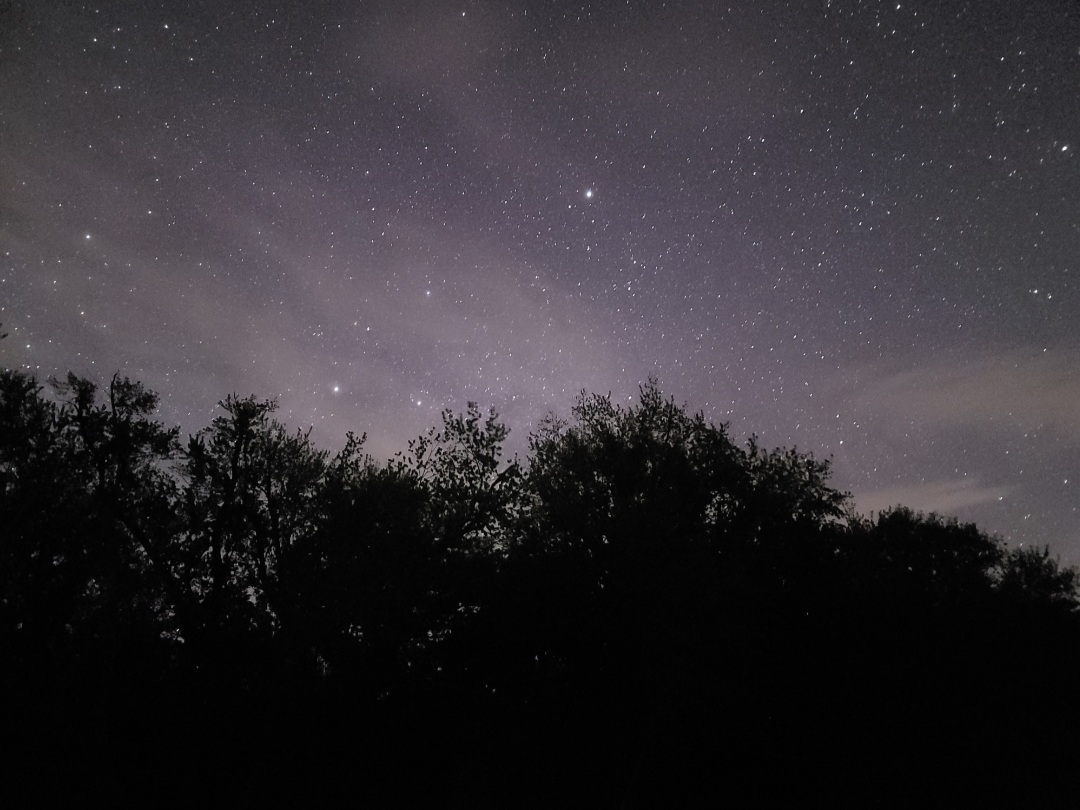We all know that the sun is a star. Sun does not twinkle, but other stars do. That’s because no other star is as close as the sun to the earth. Also, if you look at the clear sky in the night, you will notice there are many star that do not twinkle. Those stars are not actually stars, they are planets. Unlike stars planets do not have their own light. Like moon, they reflect light from the sun.
Stars appear to twinkle because of the Earth’s atmosphere. As light from a star enters the atmosphere, it passes through layers of varying temperature and density, it causes the light to bend and refract in different directions. Only a fraction of light of the star manages to reach us. This bending and scattering of light results in the appearance of the star twinkling or appearing to change in brightness and position. Also, impurities like dust interfere in its path also contributes to the twinkling effect. As the light passes through these turbulent layers, it is scattered in different directions, causing the star’s apparent brightness and position to fluctuate rapidly.
The amount of twinkling or scintillation depends on various factors, such as the temperature and density of the atmosphere, the altitude of the star above the horizon, and the brightness and size of the star. Stars closer to the horizon tend to twinkle more than those higher up in the sky, as the light has to pass through a greater thickness of atmosphere.
From space, stars appear as steady points of light. The twinkling effect is only visible from Earth because of our planet’s atmosphere.
Anyways, group of stars taking familiar shapes and patterns are quite interesting to watch. Many ancient cultures saw patterns in the stars and associated them with legends or stories. For example, the Greeks saw the constellation Ursa Major (the Great Bear) as the shape of a bear, while Native American cultures saw it as a bear, a coyote, or a group of hunters.
